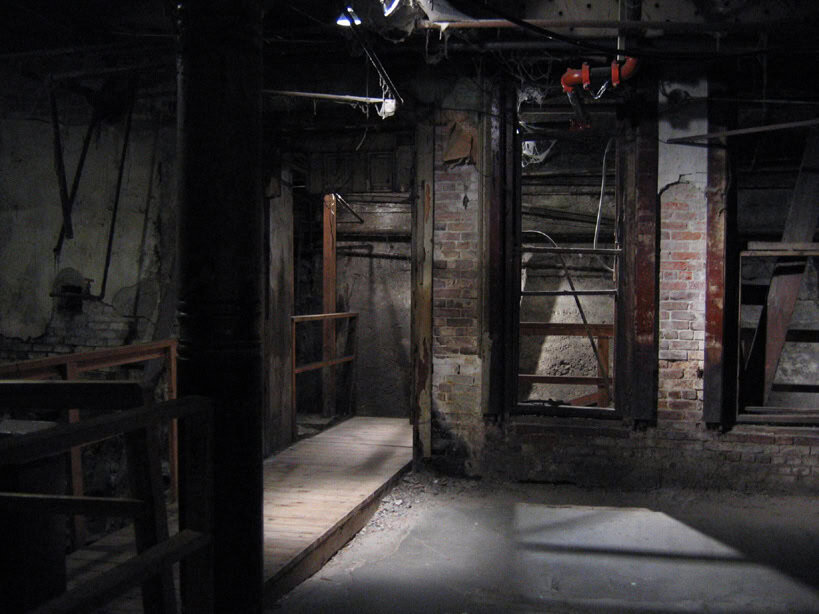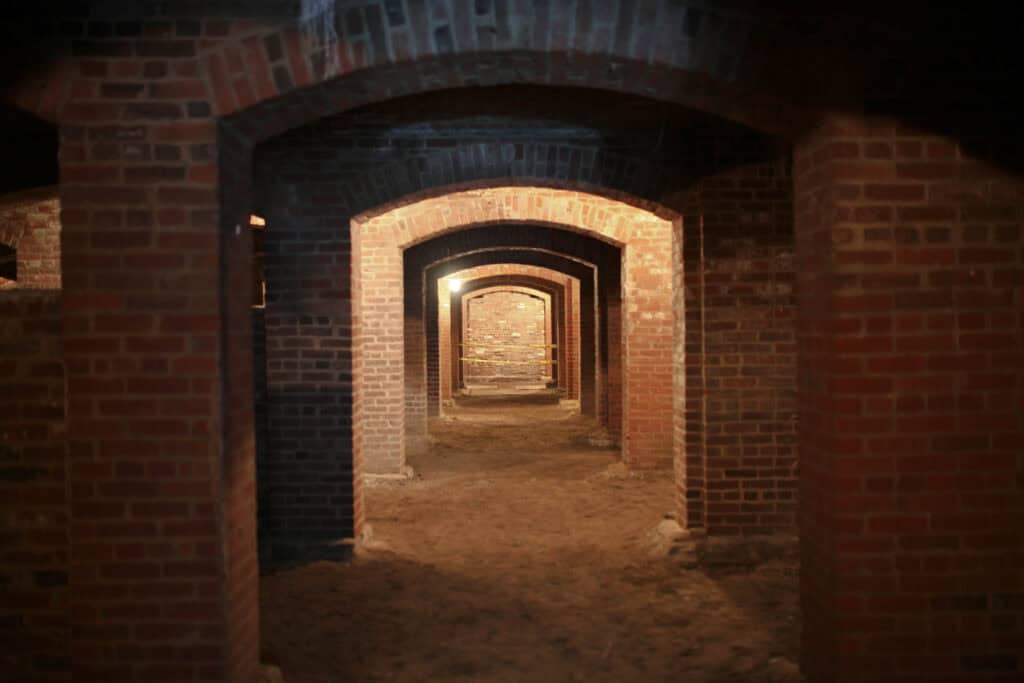We may earn money or products from the companies mentioned in this post. This means if you click on the link and purchase the item, I will receive a small commission at no extra cost to you ... you're just helping re-supply our family's travel fund.

Autumn invites slower streets and quieter hours below ground. Across American cities, historic passages open to guided walks, weekday commuter routes, and art spaces that once sat abandoned. Brick vaults, steam corridors, and prohibition shortcuts turn urban history into something tactile and close. The air is cool, the stories are crisp, and the lighting plays off old tile and timber. What this really means is simple. These tunnels carry the memory of work, risk, and reinvention, and fall is a good season to listen.
Seattle Underground, Washington

Beneath Pioneer Square, storefronts from the 1890s sit one level lower after the city raised its streets. Walkways thread past glass prisms that once lit sidewalks, now glowing like amethyst in the dim. Guided tours lean into fire, flood, and fast rebuilding that left an accidental city below the city. Brick arches and iron columns frame a lively mess of foundations, vaults, and stories. It feels less like a ruin and more like a draft, edited by tide, disaster, and ambition.
Downtown Tunnel System, Houston, Texas

Under central blocks, climate controlled corridors connect office towers, food courts, and shops across several miles. The network opens on weekdays and reads like a second grid, built for lunch rushes and summer heat. Maps at entrances turn the maze into a commute that glides past bakeries and banks without crossing an intersection. The design says a lot about Houston’s scale and weather. In fall, the cooler air above ground makes the contrast feel almost theatrical.
City Hall Station, New York

A closed showpiece from 1904, the original City Hall stop curves under Lower Manhattan with skylights and ornate tile. Special museum tours bring small groups onto platforms where chandeliers once lit the first wave of subway riders. Arches carry a hush that lingers long after trains stopped using the loop. Details come into focus as the eye adjusts: carved plaques, copper fixtures, pale brick scallops. The space proves how public works can be both utility and civic pride.
Chicago Pedway, Illinois

The Pedway ties together downtown blocks with passages that link train stations, civic buildings, and shopping arcades. It is practical first, a working route for bad weather days, and also an oddly charming cross section of midcentury tile and new glass. Wayfinding improves with each turn as familiar landmarks repeat and the map resolves in the head. Street musicians drift in from entrances and echo along long walls. In fall, the coat stays open and the coffee stays warm.
Dupont Underground, Washington, D.C.

Streetcars once roared through this buried platform. Now art installations and small events reclaim its concrete vaults. The curve of the tunnel still reads as transit, but light rigs and murals shift the narrative toward making rather than moving. It is a space that shows how cities recycle infrastructure without smoothing every rough edge. Moisture, echoes, and the steady grade carry a rhythm of their own. The result lands between gallery and memory, with room for both to breathe.
Los Angeles Prohibition Tunnels, California

Downtown’s service corridors and basement links carried bottles and people during dry years, threading hotels, banks, and back rooms. Modern walks use legal access points to sketch a map of a city that learned to hide in plain sight. Tile, brick, and concrete tell a layered story that mixes policy, nightlife, and risk. Elevators hum somewhere nearby, and traffic thumps through manhole covers overhead. The tunnels make the vertical city feel horizontal and secret for a few blocks.
Indianapolis City Market Catacombs, Indiana

Under the City Market, brick arches from the old Tomlinson Hall support cool corridors known as the Catacombs. Tours step past stacked limestone, shadowed vaults, and columns that look carved for endurance rather than show. The geometry is simple and strong, built to hold weight and move goods without complaint. In fall, the air feels crisp and clean, and footsteps echo with a measured clarity. The market above adds a humane contrast when sunlight and spice return.